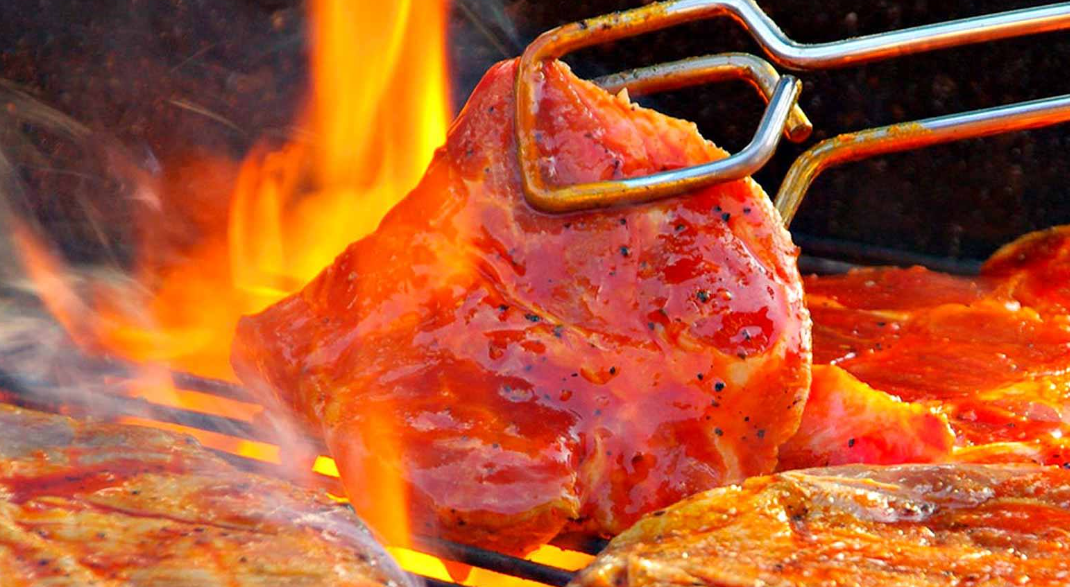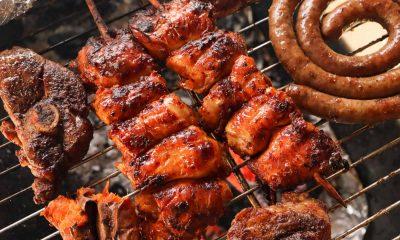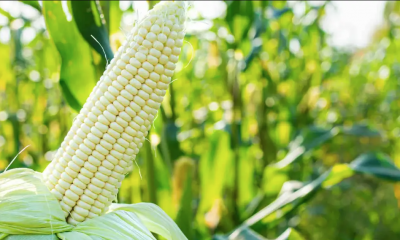411
Bad News for Braai Lovers: Rising Prices Make South Africa’s Favourite Pastime More Expensive

Hosting a braai in South Africa is becoming more expensive, with the latest South African Braai Index showing that the cost of key food items has increased both month-on-month and year-on-year.
According to the index, compiled using data from the Pietermaritzburg Equity Justice and Dignity (PMBEJD) initiative, the cost of a typical braai basket has risen by 1.1% from February 2025 and 3.4% from March 2024, outpacing headline inflation.
While food prices remain below the record highs seen in previous years, the upward trend continues in 2025, making it pricier for South Africans to enjoy their favourite pastime.
What’s Driving the Price Increases?
The Braai Index tracks the cost of common braai ingredients, including meat (beef, wors, chicken portions), vegetables (spinach, carrots, tomatoes, potatoes, onions, green pepper), and other staples (samp, maize meal, curry powder, salt).
For March 2025, the biggest culprits behind the price hikes are vegetables, with carrots seeing a sharp price increase from February.
However, maize meal remains the biggest pain point in year-on-year increases, driven by tight domestic stock levels, strong regional demand, and uncertainty around the 2025 harvest.
According to the Bureau for Food and Agricultural Policy (BFAP), global maize prices have been rising due to:
-
Reduced seasonal supplies from Brazil
-
Deteriorating crop conditions in Argentina
-
High export demand for US maize from Japan, Mexico, South Korea, Colombia, and Portugal
With maize being a staple in South African diets, this increase affects many households.
Meat Prices: A Mixed Bag
A braai is incomplete without meat, but South Africans will find some cuts cheaper while others are rising in price.
-
Beef prices have fallen, largely due to increased supply following a mid-summer drought between December and January.
-
Wors and chicken prices have climbed, reversing the downward trend seen in February.
-
Weaner calf prices are increasing, driven by rising demand from feedlots in preparation for Easter and expected lower feed costs post-summer harvest.
-
Sheep and pork prices have also gone up, influenced by high global demand for sheep meat and persistently high feed costs.
Animal Disease Risks Impacting the Market
The BFAP warns that disease outbreaks could further impact meat prices.
-
No new African Swine Fever (ASF) cases were reported after outbreaks in the Eastern Cape and North West in January.
-
However, new Foot and Mouth Disease (FMD) cases emerged in KwaZulu-Natal in February.
-
The poultry sector remains vulnerable to Highly Pathogenic Avian Influenza (HPAI), a virus carried by migratory birds. Concerns are growing about vaccine availability as winter approaches.
Relief for Egg Prices
While meat and vegetable prices are climbing, one positive note for consumers is the decline in egg prices. The ongoing recovery from the last avian flu outbreak has led to lower producer prices, providing some relief at the retail level.
Will Braai Costs Continue to Rise?
With food prices on an upward trajectory and uncertainty around local maize production and global meat markets, braai lovers may need to budget more for their next gathering.
As South Africa navigates inflationary pressures and agricultural challenges, the cost of a simple braai remains a reflection of broader economic trends affecting the country.
{Source Business Tech}
Follow Joburg ETC on Facebook, Twitter , TikTok and Instagram
For more News in Johannesburg, visit joburgetc.com



















